- No products in the cart.

Ceftriaxone powder for solution for injection 1000mg ind.up 1 piece
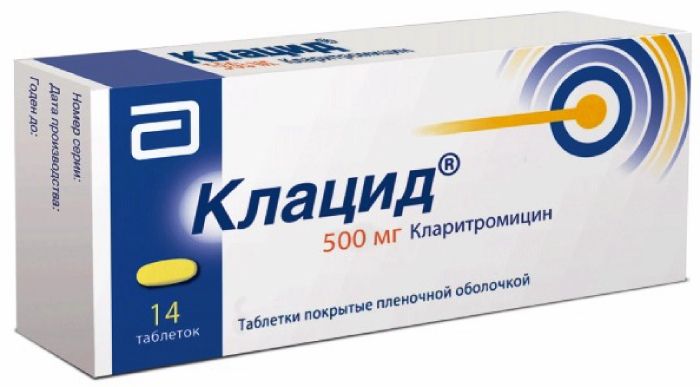
Klatsid tab n / 500mg film about 14 pc
$17.88

Ceftriaxone biochemist powder for solution for injection vial 1 piece 1d sol. 5ml ampoules 2 pcs
$4.71
$0.57
Ceftriaxone powder for solution for injection 1000mg ind.up 1 piece
Out of stock
SKU: 0678015080 Categories: Antibiotics, Antibiotics, antimicrobial, antiparasitic, Medicaments Tags: 1 g, Russia
Description
Composition
Active substance:
1 vial contains: ceftriaxone sodium (calculated as ceftriaxone) – 0.5 g or 1 g or 2 g
Product form:
powder for solution for intravenous and intramuscular administration of 0.5 g, 1 g and 2 g in 10 ml vials or 20 ml. 1, 5 or 10 units with instructions for use in a stack of cardboard. 50 vials with an equal number of instructions for the application in a box made of cardboard for delivery to hospitals. Solvent – “Water for injection” in glass ampoules of 5 ml. 1 vial, 1 or 2 vials of solvent in blisters of PVC film. 1 blisters with instructions for use and ampulnam lancet in the stack of cardboard. When using ampoules with a ring or a break-point and notched scarifier ampoule not invest.
Contraindications
Hypersensitivity (including to other. Cephalosporins, penicillins, carbapenems).
Dosage
1 g
Indications
Bacterial infections caused by susceptible to ceftriaxone pathogens: – abdominal infections (peritonitis, inflammatory disease of the gastrointestinal tract, biliary tract, including cholangitis, empyema of the gall bladder) – diseases of the upper and lower respiratory tract (incl . pneumonia, lung abscess, empyema) – infections of bones, joints, skin and soft tissue – infections of urogenital area (including gonorrhea, pyelonephritis) – bacterial meningitis and endocarditis, septicemia – infected wounds and burns – and chancroid ifilis – Lyme disease (borreliosis) – typhoid – salmonellosis and Salmonella carriage – prevention of postoperative infections – infections in individuals with weakened immune systems.
Interaction with other drugs
Ceftriaxone and aminoglycosides have synergistic against many gram-negative bacteria. Incompatible with ethanol. NSAIDs et al. Platelet aggregation inhibitors increase the probability of bleeding. When applied simultaneously with the “loop” diuretics and others. Nephrotoxic drugs risk of nephrotoxicity increases. Pharmaceutically compatible with solutions containing al. Antibiotics.
Overdose
Excessively high ceftriaxone plasma concentration can not be lowered by dialysis. For treatment of overdose symptomatic measures are recommended.
pharmachologic effect
Pharmacological group:
Antibiotic cephalosporin.
Pharmacodynamics:
Cephalosporin antibiotic III generation of broad spectrum for parenteral administration. Bactericidal activity is due to inhibition of bacterial cell wall synthesis. Characterized by resistance to most beta-lactamases of gram-negative and gram-positive microorganisms. Active against the following microorganisms: Gram-positive aerobes – Staphylococcus aureus (including strains producing penicillinase), Staphylococcus epidermidis, Streptococcus pneumoniae, Streptococcus pyogenes, Streptococcus viridans; Gram-negative aerobes: Acinetobacter calcoaceticus, Enterobacter aerogenes, Enterobacter cloacae, Escherichia coli, Haemophilus influenzae (including strains forming penicillinase), Haemophilus parainfluenzae, Klebsiella spp. (Including Klebsiella pneumoniae), Moraxella catarrhalis, (including penitsillinprodutsiruyuschie strains), Morganella morganii, Neisseria gonorrhoeae (including strains forming penicillinase), Neisseria meningitidis, Proteus mirabilis, Proteus vulgaris, Serratia spp. (Including Serratia marcescens); Pseudomonas aeruginosa strains selected as sensitive; anaerobes: Bacteroides fragilis), Clostridium spp. (Except Clostridium difficile), Peptostreptococcus spp. Has in vitro activity against most strains of the following microorganisms, although clinical significance of this is unknown: Citrobacter diversus, Citrobacter freundii, Providencia spp, Providencia rettgeri, Salmonella spp, (including Salmonella typhi), Shigella spp .;.. Streptococcus agalactiae, Bacteroides bivius, Bacteroides melaninogenicus. Metitsillinoustoychivye staphylococci and resistant to cephalosporins, including ceftriaxone, many strains of group D streptococci and enterococci, including Enterococcus faecalis, are resistant to ceftriaxone.
Pharmacokinetics:
Bioavailability – 100%, time to reach maximum concentration (TCmax) after the / m – 2-3 hours after on / in the – at the end of infusion. The maximum concentration (Cmax) after the / m at doses of 0.5 and 1 g – 38 and 76 micrograms / ml, respectively. Cmax at / in at doses of 0.5, 1 and 2 g – 82, 151 and 257 ug / ml, respectively. In adults, 2-24 hours after administration at a dose of 50 mg / kg concentration in the cerebrospinal fluid (CSF) is many times greater than the minimum inhibitory concentration (MIC) for the most common causes of meningitis. Well into the CSF when the meninges are inflamed. Relationship to plasma proteins – 83-96%. The volume of distribution – 0.12-0.14 l / kg (5.78-13.5 L) in children – 0.3 l / kg, the plasma clearance – 0.58-1.45 l / h, kidney – 0.32-0.73 l / h. The half-life (T1 / 2) after the / m – 5.8-8.7 h after i / v injection at a dose of 50-75 mg / kg in children with meningitis – 4.3-4.6 hours; in patients on hemodialysis (creatinine clearance (CC) 0-5 ml / min) – 14.7 h, QC 5-15 ml / min – 15.7 h, 16-30 ml / min – 11.4 h, 31-60 ml . / min – 12.4 hours Write unchanged – 33-67% kidneys; 40-50% – in the bile into the intestine where it is inactivated. In newborn infants, the kidneys derived about 70% of the drug. Hemodialysis is ineffective.
Pregnancy and breast-feeding
The use of ceftriaxone during pregnancy is possible only if the expected benefit to the mother outweighs the potential risk to the fetus. If necessary, the appointment during lactation should stop breastfeeding.
Conditions of supply of pharmacies
On prescription.
side effects
Allergic reactions: fever, eosinophilia, skin rash, urticaria, pruritus, erythema multiforme, edema, anaphylaxis, serum sickness, chills.
Local reactions: a / introduction – phlebitis, pain along the vein; / m introduction – soreness at the injection site.
From the nervous system: headache, dizziness.
From the urinary system: oliguria, renal dysfunction.
From the digestive system: nausea, vomiting, taste disturbance, flatulence, stomatitis, glossitis, diarrhea, pseudomembranous enterocolitis, abdominal pain; psevdoholelitiaz gallbladder ( “sludge” -sindrom), candidiasis et al. superinfection.
From the side of blood: anemia, leukopenia, leukocytosis, lymphopenia, neutropenia, granulocytopenia, thrombocytopenia, thrombocytosis, basophilia, hematuria; nosebleeds, hemolytic anemia.
Laboratory indicators: increase (decrease) in prothrombin time, increased activity of “liver” transaminases and alkaline phosphatase, hyperbilirubinemia, hypercreatininemia, increasing concentrations of urea, hematuria, glycosuria.
special instructions
Despite detailed medical history, that is the rule for other cephalosporin antibiotics, we can not exclude the possibility of an anaphylactic shock, which requires immediate terapii- first intravenous epinephrine, followed by glucocorticoids.
Studies in vitro have shown that, like other cephalosporin antibiotic ceftriaxone able to displace bilirubin bound to albumin serum. Therefore, in newborns with hyperbilirubinemia and especially in premature infants, the use of ceftriaxone requires even more care. When simultaneous severe renal and hepatic impairment, in patients on hemodialysis, should be regularly to determine the concentration of drug in plasma.
Long-term treatment should be regularly monitored picture peripheral blood, indicators of the functional state of the liver and kidneys. In rare cases, ultrasound gallbladder marked darkening, which disappear after cessation of treatment. Even if this phenomenon is accompanied by pain in the right upper quadrant, recommend continued treatment with antibiotics and carrying out symptomatic treatment. During treatment is contraindicated the use of ethanol – can disulfiramopodobnye effects (facial flushing, abdominal cramps, and in the stomach, nausea, vomiting, headache, decreased blood pressure, tachycardia, dyspnea).
Freshly prepared solutions ceftriaxone physically and chemically stable for 6 hours at room temperature. Elderly and immunocompromised patients may require vitamin K.
Storage conditions
In a dry, dark place at a temperature not higher than 25 C. Keep out of reach of children.
Dosing and Administration
Intravenously and intramuscularly.
Adults and children over 12 years of age – 2.1 g of 1 times a day or 0.5-1 g every 12 hours, the daily dose should not exceed 4 g for infants (up to 2 weeks) – 20-50 mg / kg / day. For infants and children up to 12 years of daily dose – 20-80 mg / kg. In children with a body weight of 50 kg and higher dose used for adults. The dose of 50 mg / kg of body weight should be administered in the form of on / in infusion for 30 minutes. Duration of course depends on the nature and severity of the disease.
In gonorrhea – a / m once, 250 mg.
To prevent postoperative complications – once 1-2 g (depending on the degree of danger of infection) 30-90 minutes prior to surgery.
In operations on the colon and rectum recommend additional administration of the drug 5-nitroimidazole group.
In bacterial meningitis in infants and young children – 100 mg / kg (but not more than 4 g) 1 time per day. The duration of treatment depends on the agent and may be from 4 to Neisseria meningitidis days to 10-14 days for sensitive Enterobacteriaceae strains. Babies with skin and soft tissue infections – a daily dose of 50-75 mg / kg 1 time a day or 25-37.5 mg / kg every 12 hours, no more than 2 g / day.
In severe infections, etc. localization -. 25-37.5 mg / kg every 12 hours, no more than 2 g / day.
In otitis media – a / m, mono-, 50 mg / kg, not more than 1 g
Patients with chronic renal failure dose adjustment is required only when CC is below 10 ml / min. In this case, the daily dose should not exceed 2 g
Terms of preparing and administering solutions.
Only freshly prepared solutions should be used!
For the / m of 0.25 or 0.5 g of product was dissolved in 2 ml and 1 g – 3.5 ml 1% lidocaine solution. Recommend administered not more than 1 g per one buttock.
For in / injection of 0.5 or 0.25 g were dissolved in 5 ml and 1 g – 10 ml water for injection. Introduced into / in slowly (2-4 min). For in / infusion of 2 g is dissolved in 40 ml of a solution not containing Ca2 + (0.9% solution of NaCl, 5-10% dextrose, levulose 5% solution).
Doses of 50 mg / kg or more to be administered in / to drip for 30 min.
Information
Appearance may differ from that depicted in the picture. There are contraindications. You need to read the manual or consult with a specialist
Additional information
| Weight | 0.100 kg |
|---|---|
| Manufacturer | Russia |

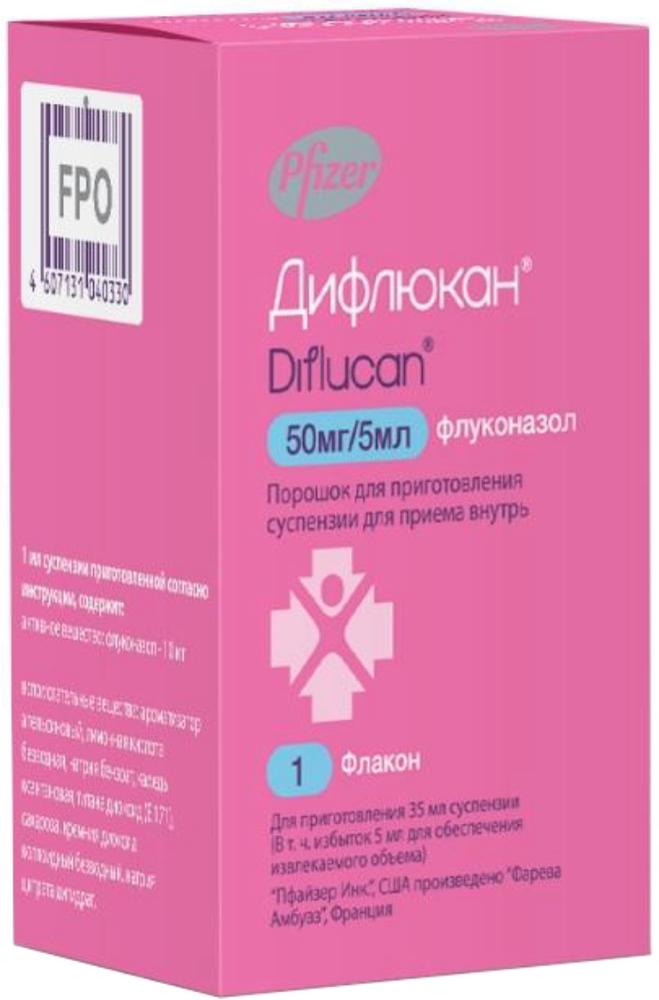
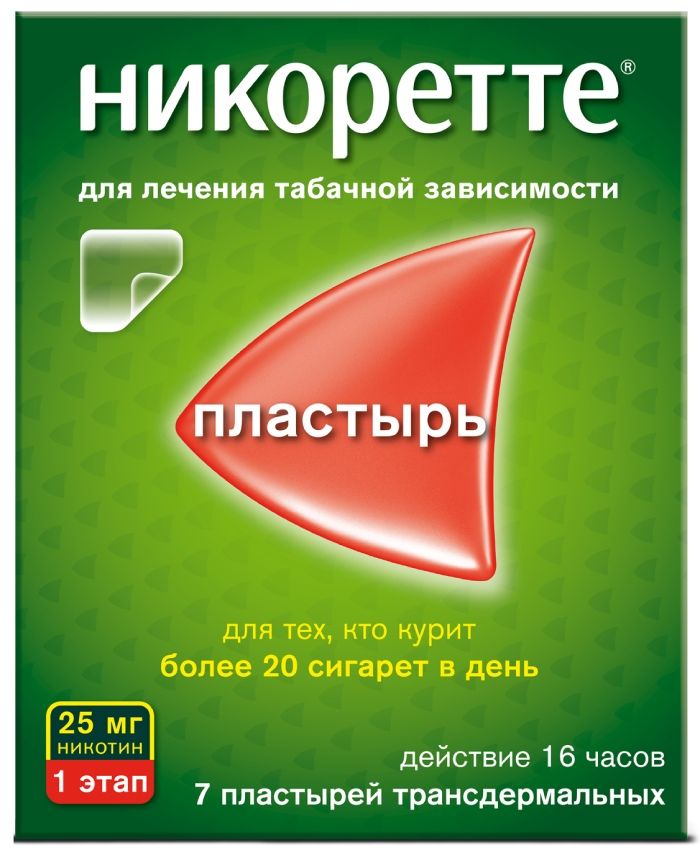
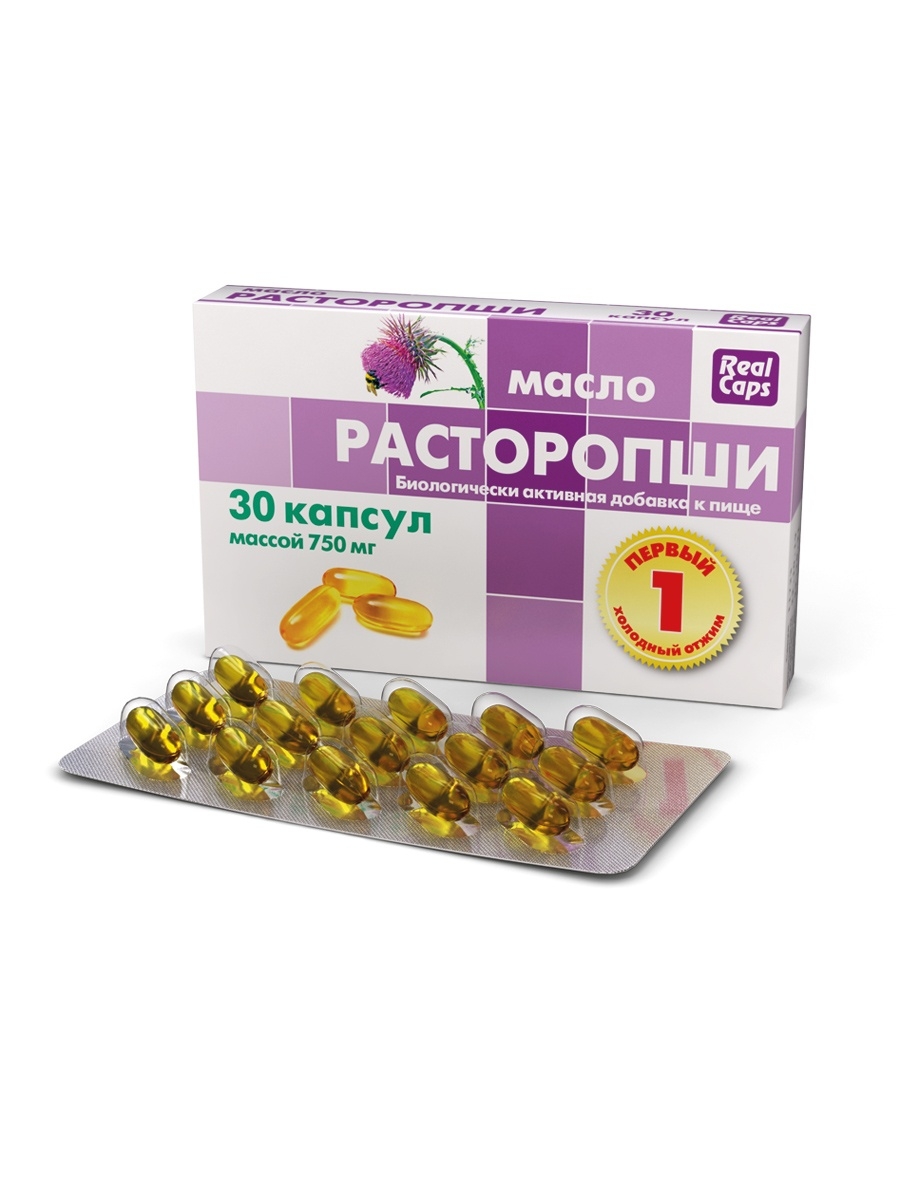
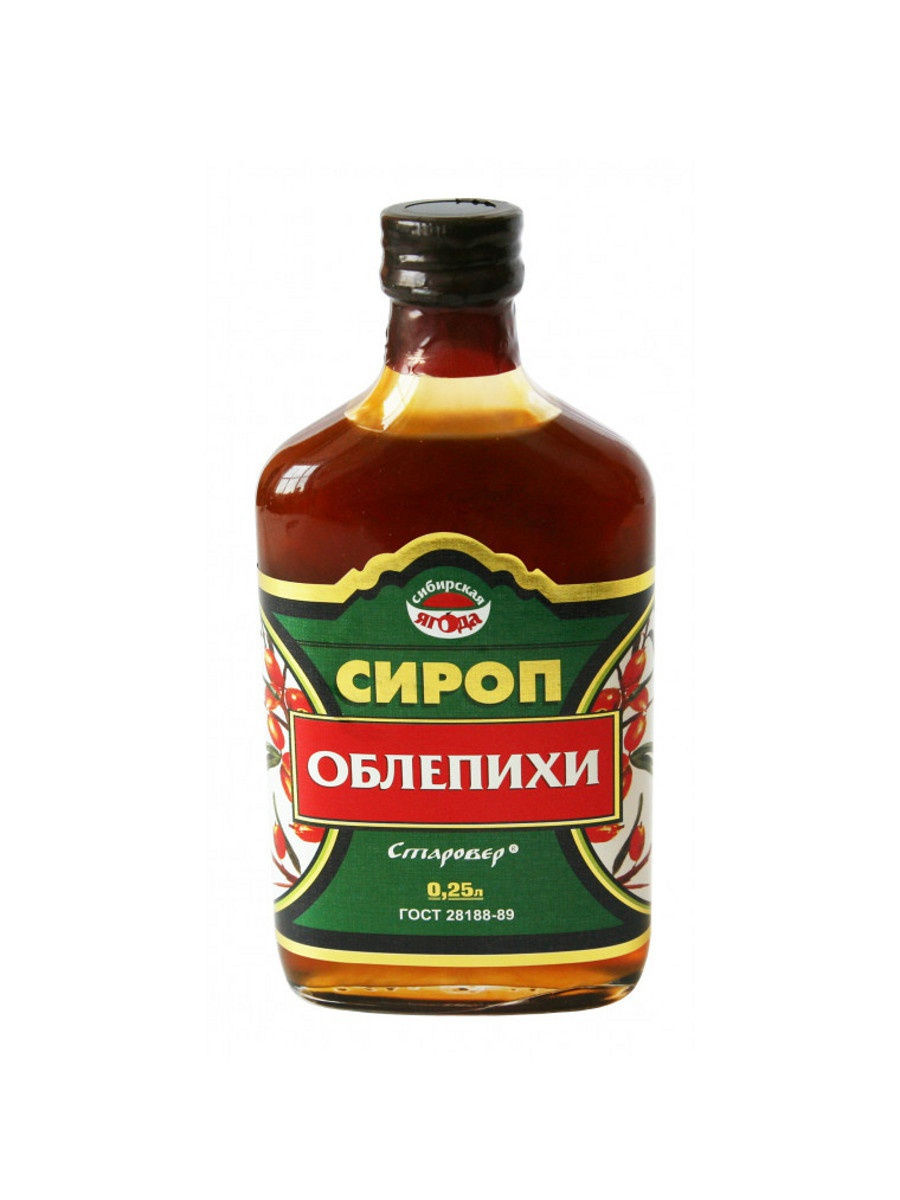

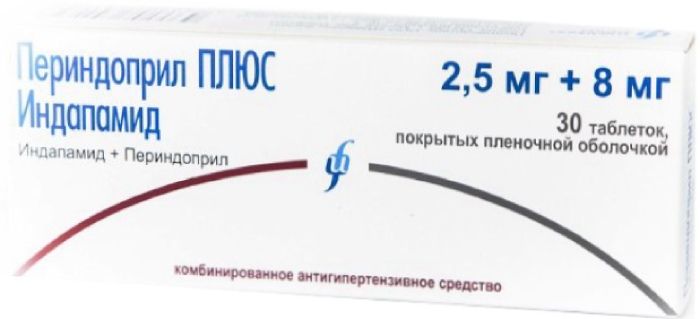




There are no reviews yet.